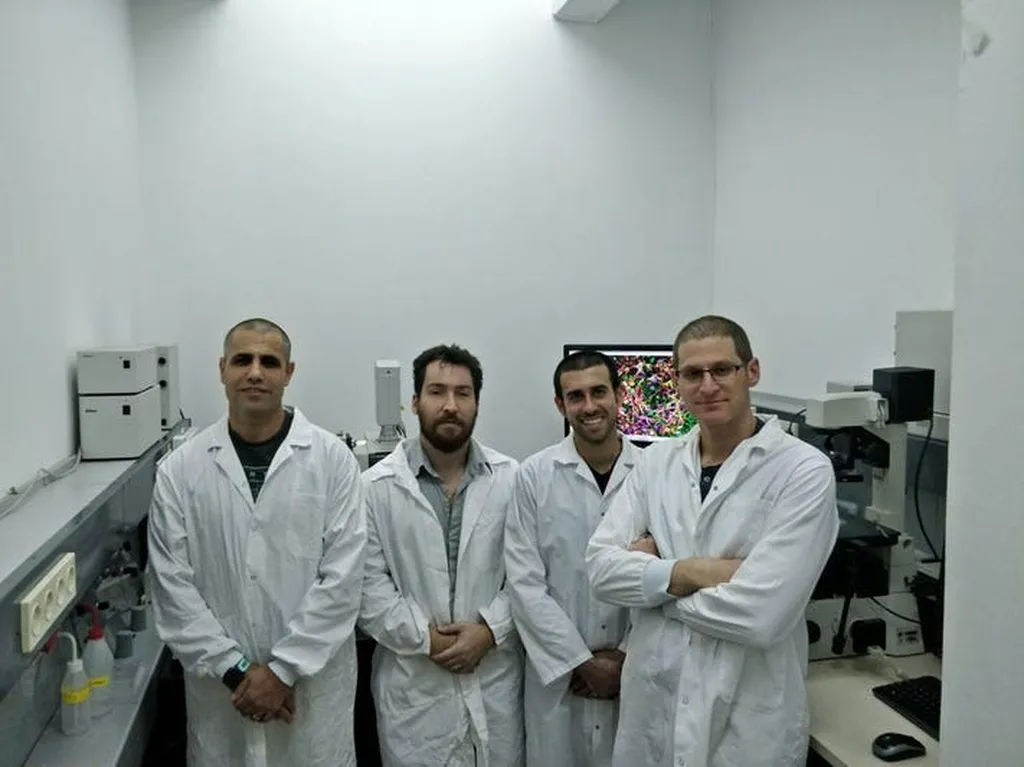In the quest to improve cancer research and drug development, scientists are turning to innovative technologies that more accurately mimic the human body’s complex environments. A recent study led by Young Jae Lee from the Department of Agricultural Biotechnology at Seoul National University has taken a significant step forward in this arena, focusing on epithelial ovarian cancer cells and their interaction with bioengineered hydrogels.
Traditionally, cancer cells have been studied in two-dimensional (2D) culture systems, which often fail to capture the nuances of how cells behave in the three-dimensional (3D) environments of the human body. This discrepancy can lead to inaccurate predictions of therapeutic efficacy, hindering the development of effective anticancer drugs. To address this challenge, researchers have been exploring the use of bioengineered hydrogels to create more physiologically relevant 3D culture systems.
In their study, published in the Journal of Animal Reproduction and Biotechnology (translated as “Journal of Animal Reproduction and Biotechnology”), Lee and his team analyzed the matrix metalloproteinases (MMPs) secreted by SKOV3 cells, a human ovarian cancer cell line. MMPs are enzymes that play a crucial role in the breakdown and remodeling of the extracellular matrix, a process that is often dysregulated in cancer.
“Understanding the specific MMPs produced by these cancer cells is essential for designing hydrogels that can respond to cellular activity,” Lee explained. The team used quantitative PCR (qPCR) and human MMP antibody arrays to analyze the expression and secretion levels of seven representative MMPs.
Their findings revealed that while the transcriptional expression levels of the MMP genes varied, with MMP1 being the most highly expressed, only MMP1, MMP10, and MMP13 were detected at the protein level. Notably, MMP10 and MMP13 showed significantly higher secretion levels than MMP1. This discrepancy between transcriptional and translational levels highlights the importance of analyzing both to fully understand the behavior of cancer cells.
The identification of these specific MMPs is a critical step in the development of PEG-based hydrogels that can be cleaved by these enzymes. Such hydrogels would be responsive to the activity of the cancer cells, providing a more dynamic and physiologically relevant environment for research and drug screening.
“This research not only advances our understanding of ovarian cancer but also paves the way for the development of more effective anticancer drugs,” Lee said. “By creating a 3D culture environment that more accurately mimics the in vivo conditions, we can improve the prediction of therapeutic efficacy and accelerate the drug development process.”
The implications of this research extend beyond ovarian cancer. The principles and technologies developed in this study could be applied to other types of cancer, potentially revolutionizing the field of oncology. Moreover, the use of bioengineered hydrogels in cancer research could have broader applications in tissue engineering and regenerative medicine, offering new avenues for the development of innovative therapies.
As the field of cancer research continues to evolve, the work of Young Jae Lee and his team serves as a testament to the power of interdisciplinary collaboration and the potential of cutting-edge technologies to transform our understanding of disease and its treatment. With the continued advancement of bioengineered hydrogels and other innovative tools, the future of cancer research looks brighter than ever.

